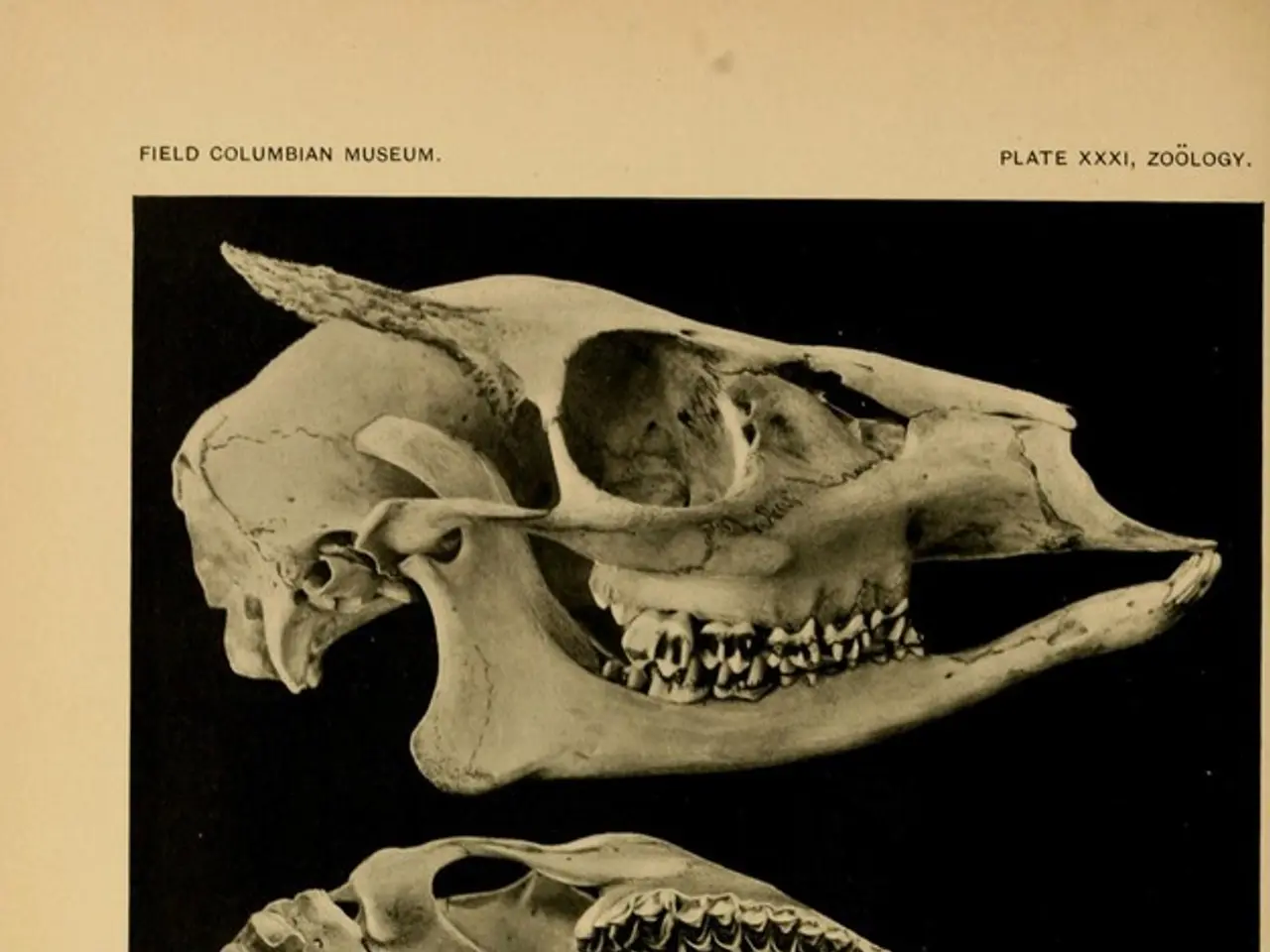Posterior Pericallosal Branch Occlusion: A Key Cause of Strokes
In the complex landscape of brain anatomy and function, the posterior pericallosal branch, a key artery serving the brain, has recently gained attention due to advancements in diagnostic imaging. This artery, one of the pericallosal branches of the posterior cerebral artery, plays a crucial role in the blood supply to the corpus callosum. Its occlusion can lead to strokes, with atherosclerotic plaques being the most common cause.
Historically, the diagnosis of strokes involving the posterior pericallosal branch, also known as the Splenium artery, has been a highly specialized field closely linked to advancements in imaging technology. The earliest reports of this artery and its branches date back to the 1930s and 1950s, but clinical diagnosis of specific infarcts, such as those in the Splenium/posterior pericallosal area, was challenging due to reliance on clinical examination and autopsy findings. The introduction of cerebral angiography in the 1960s and 1970s allowed for the visualization of blood vessels and blockages, but detailed case descriptions of infarcts in this area were rare. The advent of computed tomography (CT) in the 1980s and magnetic resonance imaging (MRI) in the late 1980s and early 1990s significantly improved the detection of small infarcts, particularly in the Splenium area.
The first comprehensive case series and typical case studies of ischemic infarcts in the Splenium, including those caused by occlusion of the posterior pericallosal branch, emerged in the early 2000s. A systematic review published in 2004 (J Neurol Sci 2004;227:85–94) summarized infarcts in the Splenium of the corpus callosum, with most cases reported before that time. Strokes resulting from the occlusion of the posterior pericallosal branch may sometimes be misdiagnosed as a middle cerebral artery infarct, highlighting the importance of accurate diagnosis and imaging techniques.
The posterior pericallosal branch, a vital artery serving the brain, has seen increased attention in recent years due to advancements in diagnostic imaging. Its occlusion can cause strokes, which may sometimes be misdiagnosed. With five to ten percent of ischemic strokes in the United States occurring within the posterior cerebral artery, including its pericallosal branches, accurate diagnosis and understanding of this artery's role are crucial for effective stroke management.
Read also:
- FDA's Generic Mifepristone Approval Sparks Pro-Life Concerns Over Safety and States' Rights
- Understanding Child Development: Causes and Signs of Delays
- Pope Francis' New Book 'Let Us Dream' Offers Unity and Hope for Post-Covid World
- Stephanie Estremera Gonzalez: From Medical Assistant to Residential Manager at The Point/Arc








